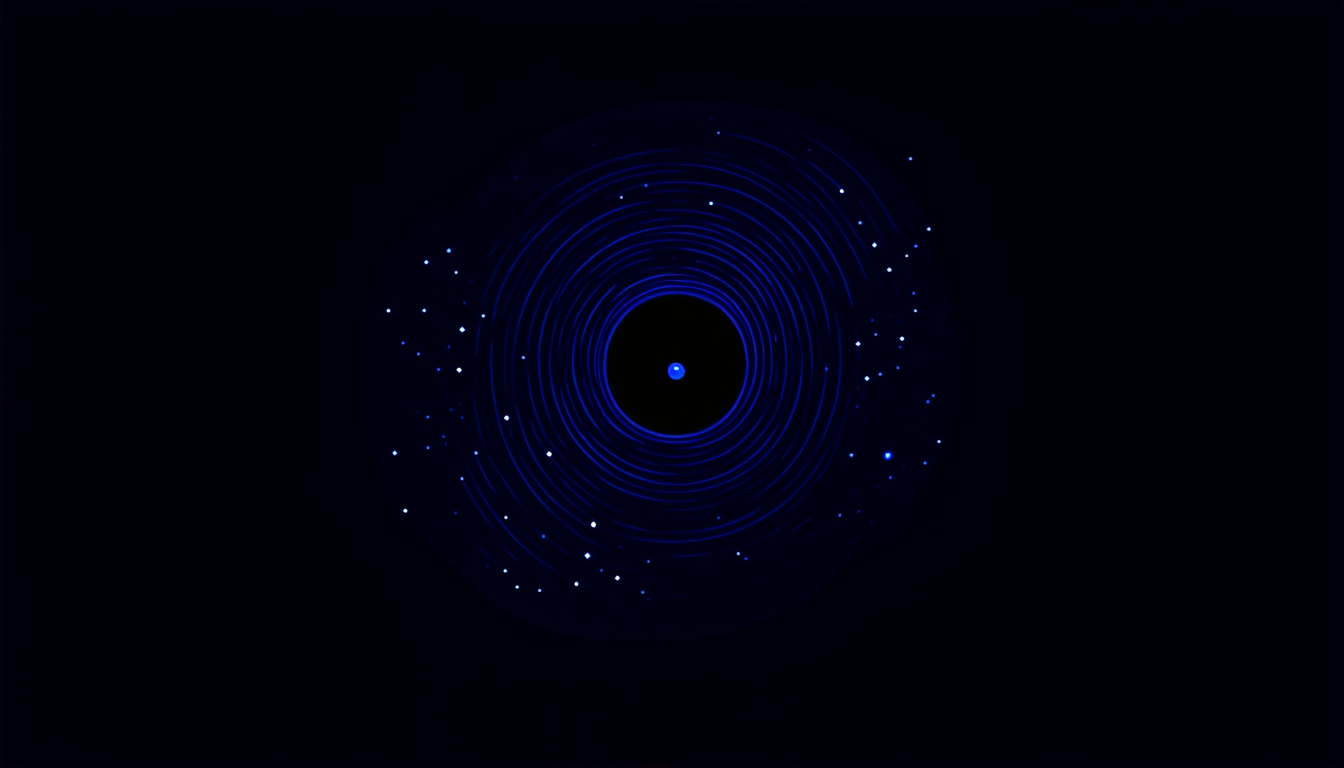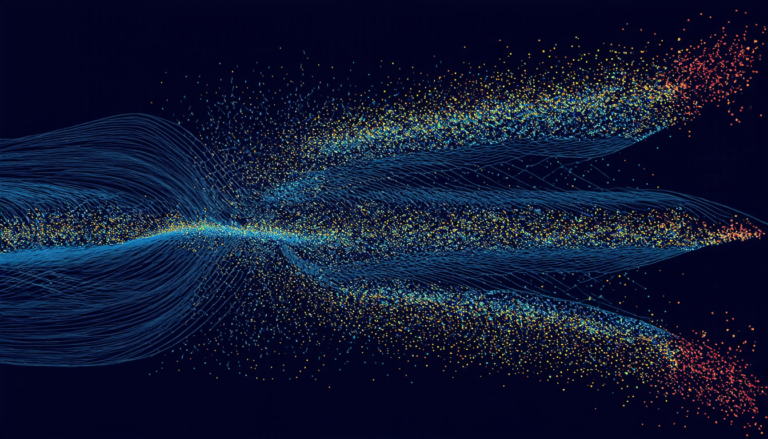Wednesday 23 July 2025
The article discusses a recent study that explores the effects of gravitational time delay on massive particles moving near a black hole. The researchers used complex mathematical models to simulate the behavior of these particles, which are affected by both gravity and motion.
According to the study, when a massive particle moves close to a black hole, its path is curved by the strong gravitational force. This curvature causes the particle’s travel time to increase, resulting in a delay compared to if it were moving in a straight line. The researchers found that this effect, known as gravitational time delay, can be significant for particles with high speeds and masses.
The study also investigated how the motion of the black hole itself affects the gravitational time delay. They discovered that when the black hole moves away from an observer, the particle’s travel time increases even more, while a moving black hole towards the observer causes its travel time to decrease. These findings have important implications for our understanding of astrophysical phenomena and can be used to improve models of celestial events.
The researchers’ work builds upon earlier studies that explored the effects of gravity on light signals. However, this study focused specifically on massive particles, which are affected by both gravity and motion in complex ways. The results provide valuable insights into the behavior of particles near black holes and can help refine our understanding of these extreme objects.
One potential application of this research is in the field of astrophysics, where it could be used to better understand the properties of black holes and their role in shaping the universe. For example, by analyzing the travel times of massive particles as they pass close to a black hole, scientists may be able to infer its mass, spin, or even its presence.
The study’s findings also have implications for particle physics, where researchers are working to develop new theories that can explain the behavior of high-energy particles in extreme environments. By studying the effects of gravity on massive particles, scientists can gain a deeper understanding of the fundamental forces at play and how they shape our universe.
Overall, this research demonstrates the power of mathematical modeling in exploring the complex phenomena that govern our universe. By combining advanced computational techniques with cutting-edge physics theories, researchers can uncover new insights into some of the most fascinating and mysterious objects in the cosmos.
Cite this article: “Gravitational Time Delay: A Study on Massive Particles Near Black Holes”, The Science Archive, 2025.
Gravitational Time Delay, Black Holes, Massive Particles, Gravity, Motion, Mathematical Models, Astrophysics, Particle Physics, Celestial Events, Fundamental Forces.







